Affiliate links on Android Authority may earn us a commission. Learn more.
Open Handset Alliance: Where are all the phone makers now?
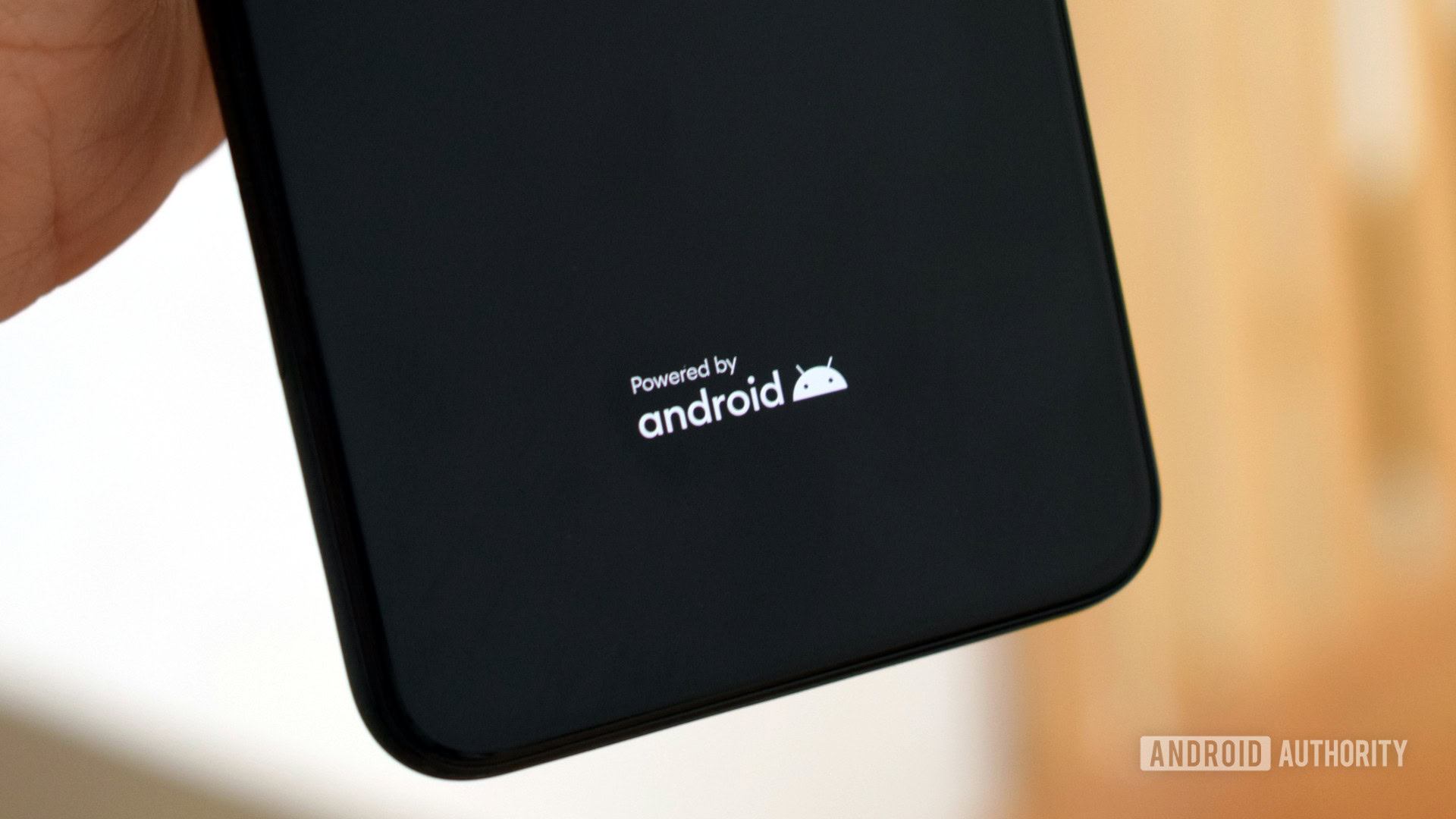
It feels like Android has been a power player since the first smartphones were launched, but this wasn’t actually the case. Prior to Android’s adoption and the launch of the iPhone, smartphones were powered by the likes of Windows Mobile, Nokia’s Symbian, Palm OS, and BlackBerry OS.
But all that changed with the formation of the Open Handset Alliance (OHA) on this very day back in 2007. Spearheaded by Google, this was an initiative to develop and promote the adoption of Android as a viable, open smartphone platform.
The alliance consisted of some big names in the industry at the time, eventually totaling over 80 mobile and general technology companies. But with well over a dozen handset manufacturers listed on the OHA website, and to mark the anniversary of the OHA’s formation, let’s take a look at where all these industry players are today.
Acer
The Taiwanese brand was a pretty prolific producer of smartphones and tablets, starting in the late 2000s. Some of the more prominent devices released by the firm included the Liquid Jade series and the Iconia Tab slates, however, it’s now more known for its laptops and Chromebooks. The company hasn’t released an Android phone since 2016.
Alcatel Mobile
TCL was one of the members of the Open Handset Alliance via its licensing of the Alcatel brand. TCL has been regularly offering Alcatel Android smartphones since the early 2010s. It’s offered TCL-branded phones in the last few years too, such as the TCL 20 series. TCL’s license for Alcatel expires in 2024 following the brand’s acquisition by Nokia in 2015.
Asus
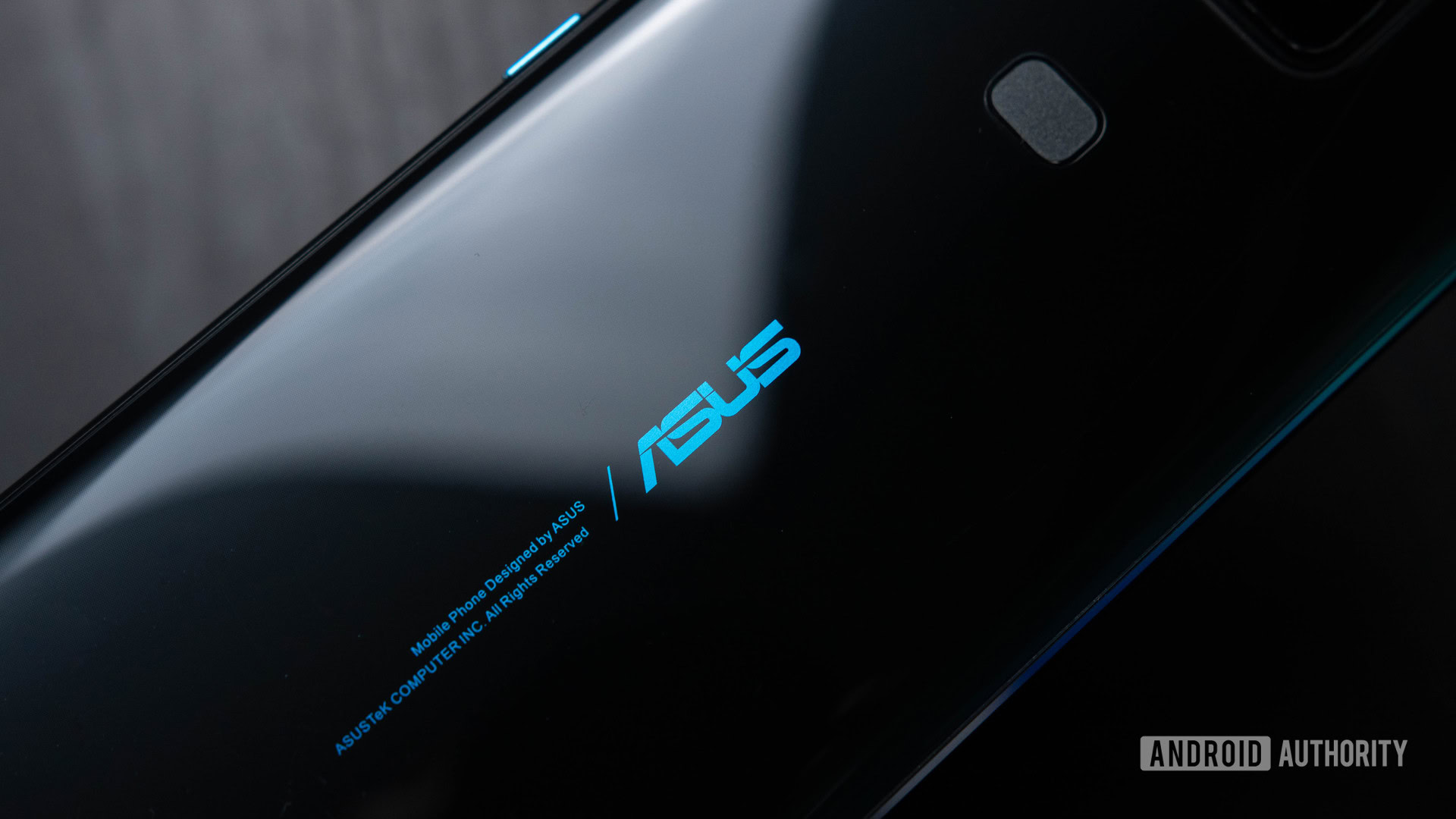
The stalwart Taiwanese tech company initially hitched its wagon to Windows Mobile in the late 2000s, but eventually switched to Android in the early 2010s with devices like the Padfone and Transformer tablet. It continues to offer Android phones to this day, with critically acclaimed entries like the Zenfone 8 and ROG Phone 5 in 2021.
CCI
You might not know anything about CCI, but the company is actually a contract manufacturer like Hon Hai Technology Group (Foxconn). That is, it tends to produce gadgets for other brands. Some of its more prominent partners over the years include Cat, LeEco, HTC, and Apple. It revealed a rollable concept of its own earlier this year.
Dell
PC maker Dell was also another company that joined the Open Handset Alliance down the line. It offered some standout devices in the late 2000s and early 2010s, like the Dell Streak phablet back when phablets were new. The firm quietly left the smartphone world in 2011.
FIH
FIH is an arm of Hon Hai Technology Group (Foxconn), one of the most prominent contract manufacturers in the world. The company signed a deal back in 2016 to produce HMD Global’s Nokia-branded smartphones, and this deal continues today. FIH also acquired Microsoft Mobile/Nokia’s feature phone business in 2016.
Fujitsu Limited
Fujitsu is well-known for its computers, but the same can’t be said for its smartphones. The company does produce phones (such as the Arrows line of devices), but these are often limited to its home market of Japan. Notably, Fujitsu was part of the first wave of manufacturers to offer water-resistant smartphones.
Garmin
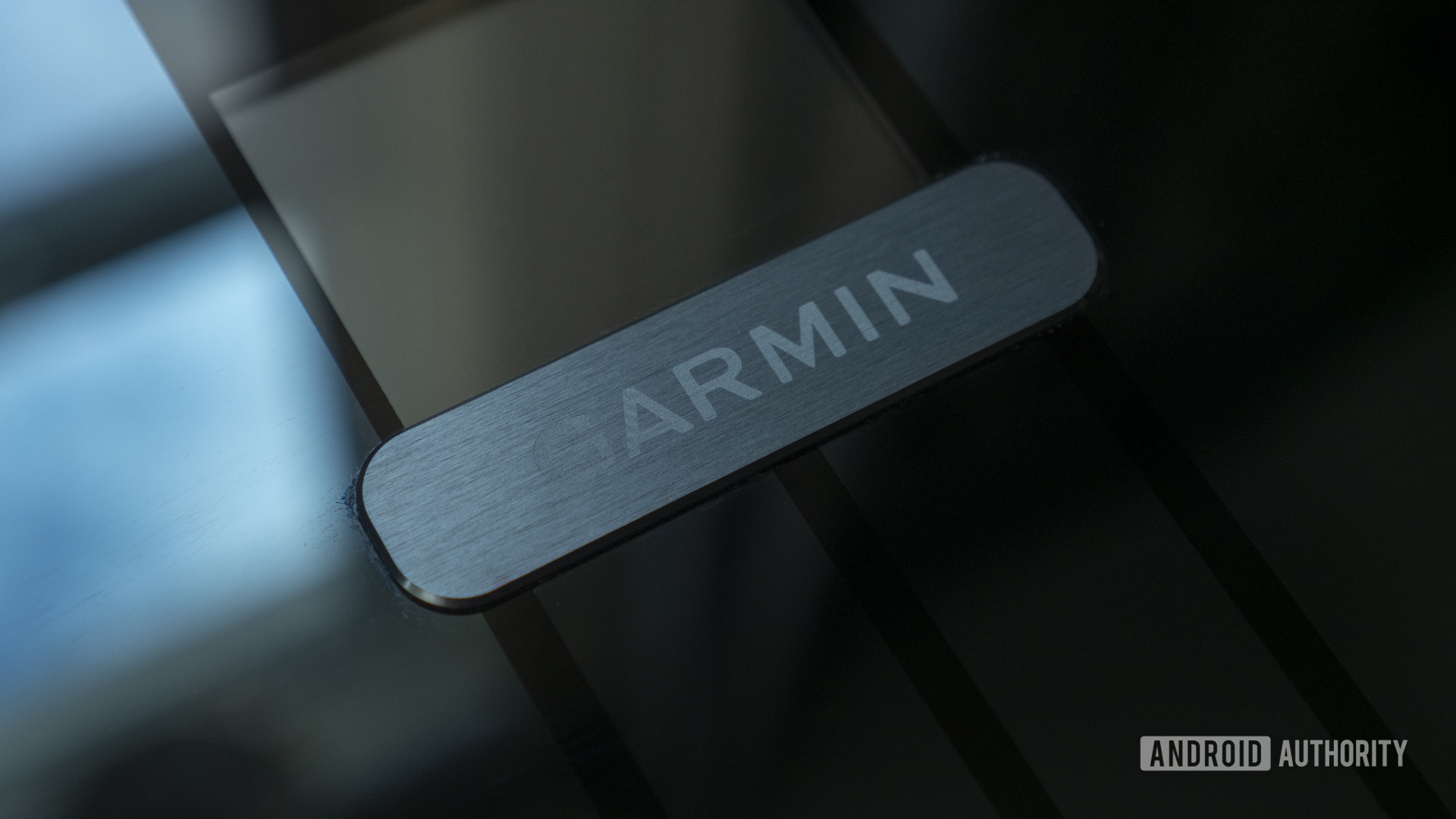
You’ll know Garmin as the GPS and wearable maker, but it turns out that the company also made smartphones under the Garmin-ASUS banner in the late 2000s and early 2010s. This venture saw two Android phones released in 2010, but nothing since then.
Haier
One of the more obscure brands on the list, Haier is a Chinese appliance and electronics manufacturer. It’s only been producing Android phones since about 2017, but these are budget-tier devices and seem to be limited to its home market.
HTC
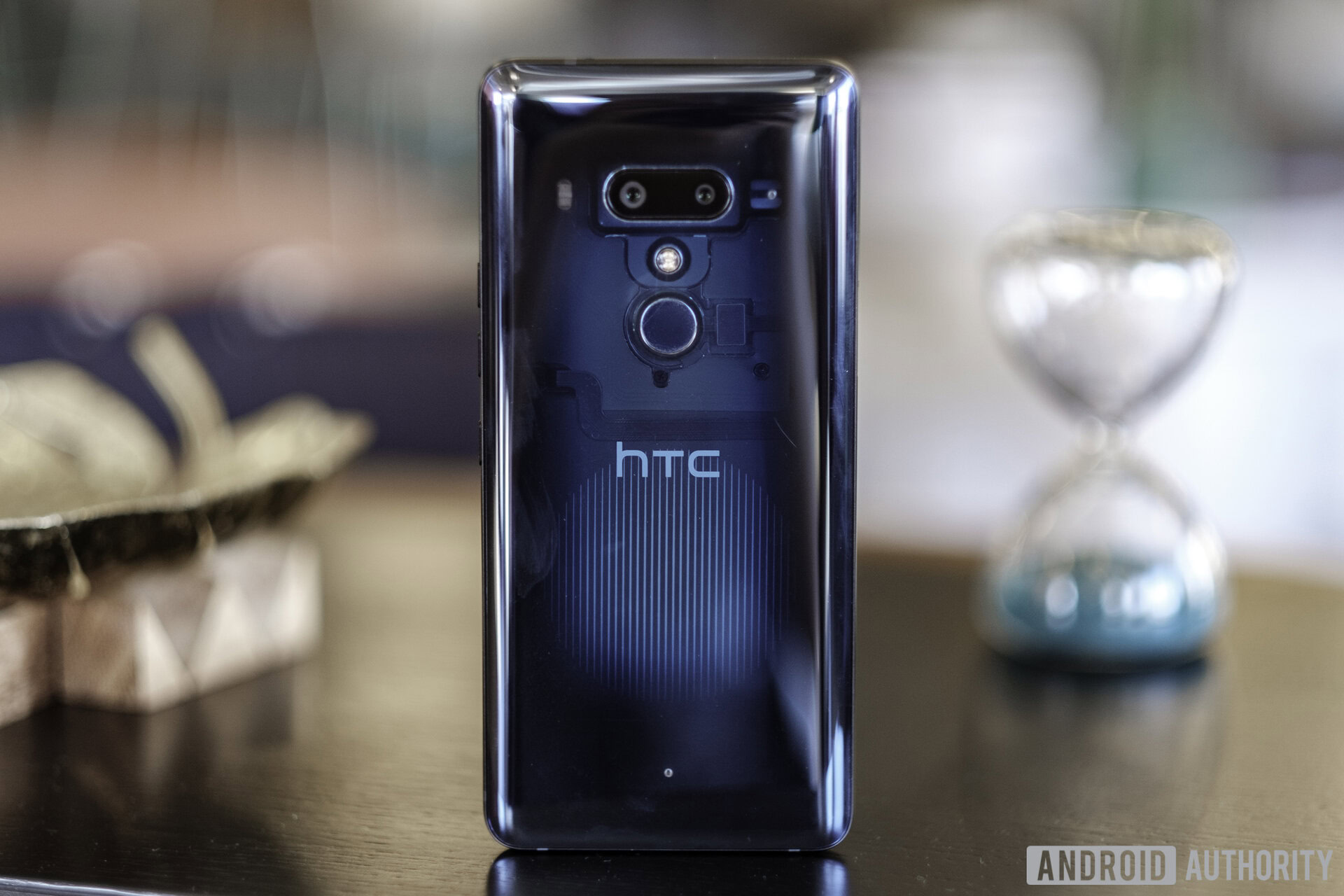
The long-running phone maker released the HTC Dream (also known as the T-Mobile G1) in late 2008, which was the first commercially available Android phone. So it’s no surprise that the company was a founding member of the Open Handset Alliance. It had a commercially and critically successful run up until 2015, also producing the first Pixel in 2016. However, HTC’s fortunes turned as Samsung gained steam, culminating in the company selling a significant portion of its smartphone business to Google in 2017. HTCis still producing budget phones as of 2021, mostly for emerging markets, however, it is better known now for its Vive virtual reality products.
Huawei
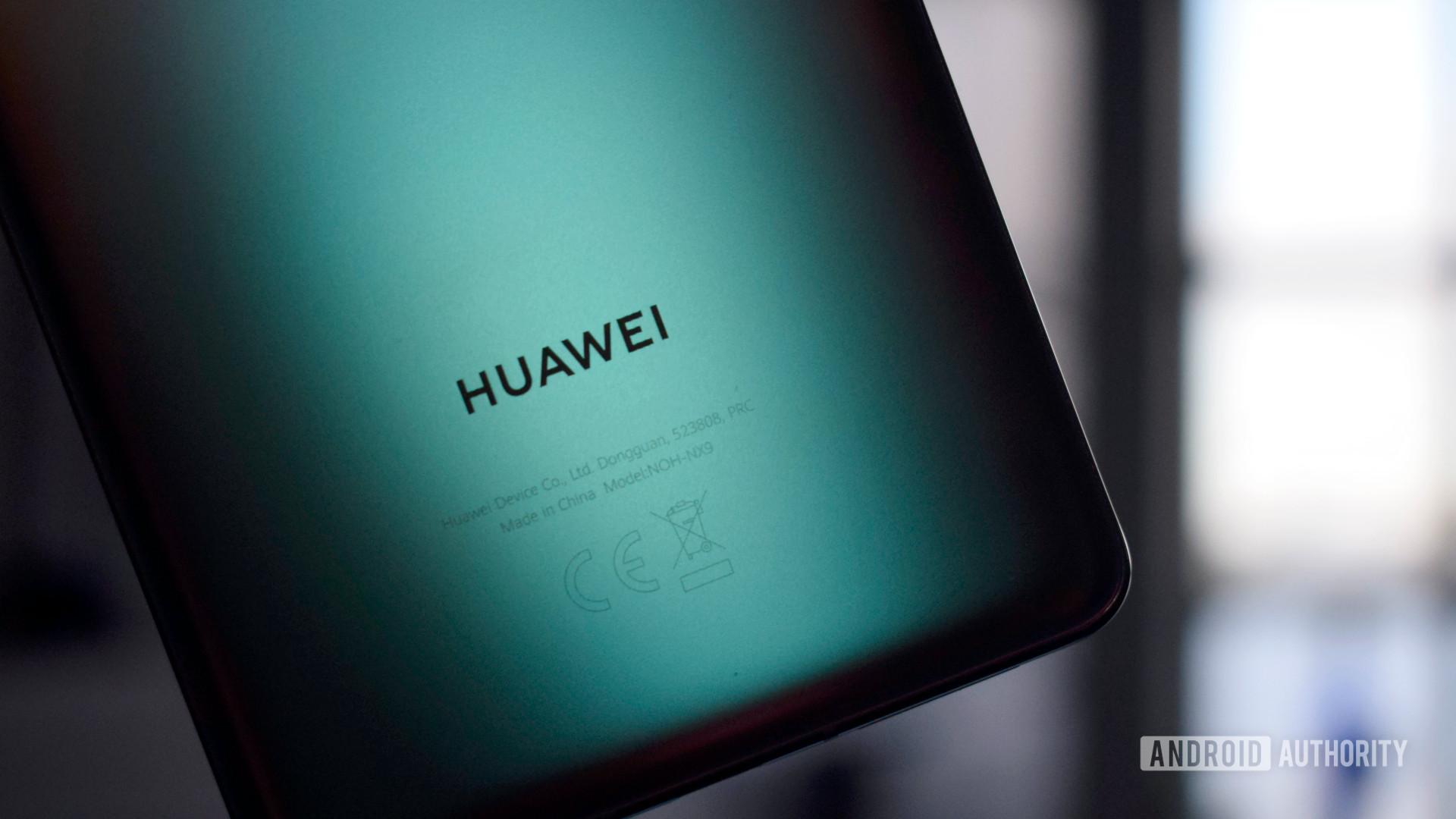
The Chinese manufacturer originally began life as an ODM, making devices for carriers and other brands. But it struck out on its own in the early 2010s, with its P, Mate, and Lite series’ all being wildly popular device families. The company, bolstered by its (now independent) sub-brand HONOR, became a top-three player globally and made a run for first place in the late 2010s before it was halted by a US trade ban. This significantly affected its ability to develop and sell phones around the world. It’s now slid out of the top five globally, though is still producing phones that remain influential due to their impressive camera systems.
Kyocera
Japan’s Kyocera is perhaps best known for its printers and copiers, but it’s also been a fixture in the smartphone space for just over a decade now. Perhaps the quirkiest phone in its portfolio is the DS-like Kyocera Echo, but in recent years it’s switched to offering rugged smartphones.
Lenovo/Motorola
Motorola is a founding member of the Open Handset Alliance too, delivering some early Android-powered hits like the Droid series. It was then acquired by Google in 2012 before being sold by the search giant in 2014 to Lenovo. It still produces a regular stream of Motorola phones under its current owner.
Speaking of Lenovo, the Chinese brand has been a fixture in the Android phone space since 2011. These days, its Android portfolio consists of the K series of budget phones, the Lenovo Legion gaming phone line, and a variety of tablets.
LG
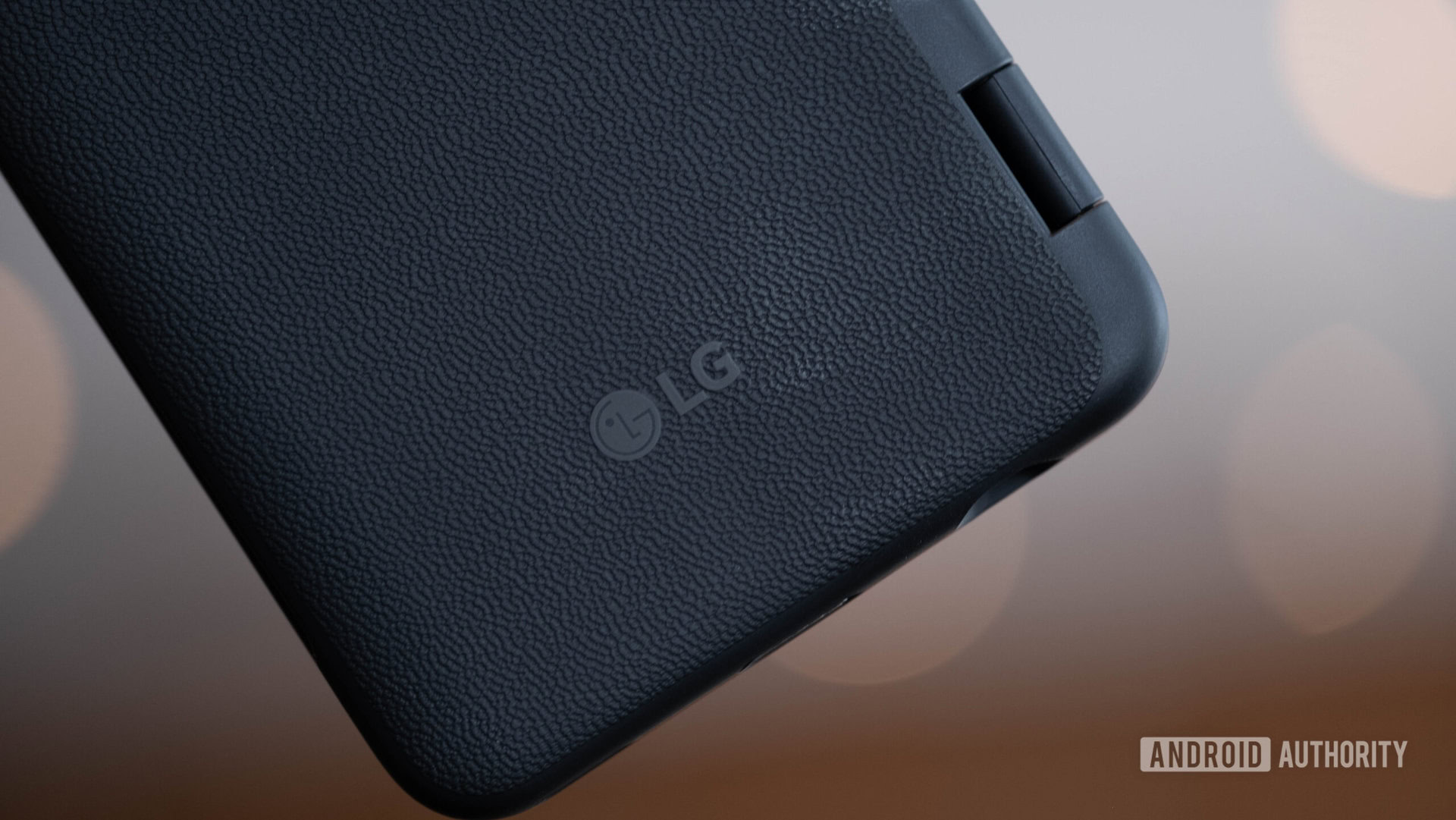
LG was a veteran mobile player, starting out with feature phones in the early 2000s. It was a founding member of the Open Handset Alliance and made a major transition to smartphones in 2010. The company was a major player in the US and regularly churned out Android phones like the LG G and V series’ until early this year. However, after years of declining profits within the sector, LG Corporation opted to shutter its smartphone division and exit the industry entirely.
NEC
This Japanese player was a giant of the feature-phone space in the early 2000s, particularly in its home market, but smartphones were a different story altogether. It didn’t offer many Android devices at all, although 2013’s dual-screen Medias W N-05e was certainly something. It exited the smartphone game in July 2013.
Oppo
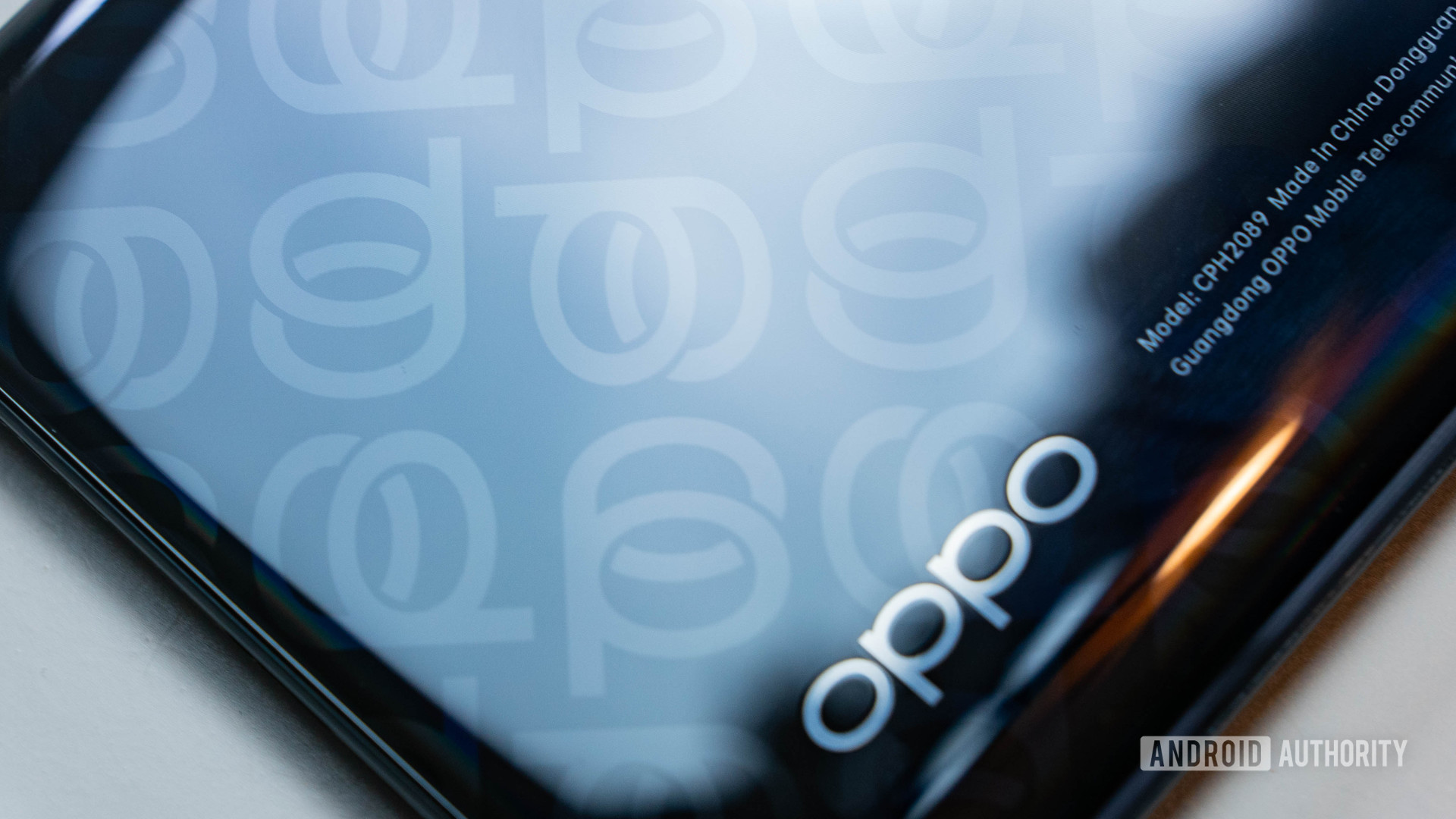
A key part of the BBK conglomerate that also includes OnePlus and realme, OPPO is a top-five smartphone brand globally in 2021. The company has been producing Android smartphones since 2012, with its Find and Reno series’ being the most prominent in 2021.
Pantech
Infamous for being the other South Korean smartphone brand aside from Samsung and LG, Pantech was generally always in the shadow of its local rivals. In fact, the company only really saw any significant measure of success in its home market. The company faced the possibility of bankruptcy in 2014 before it was acquired by a Korean group. We haven’t really seen anything from the company since then, although the new owners reportedly began targeting emerging global markets like Vietnam in 2016.
Samsung
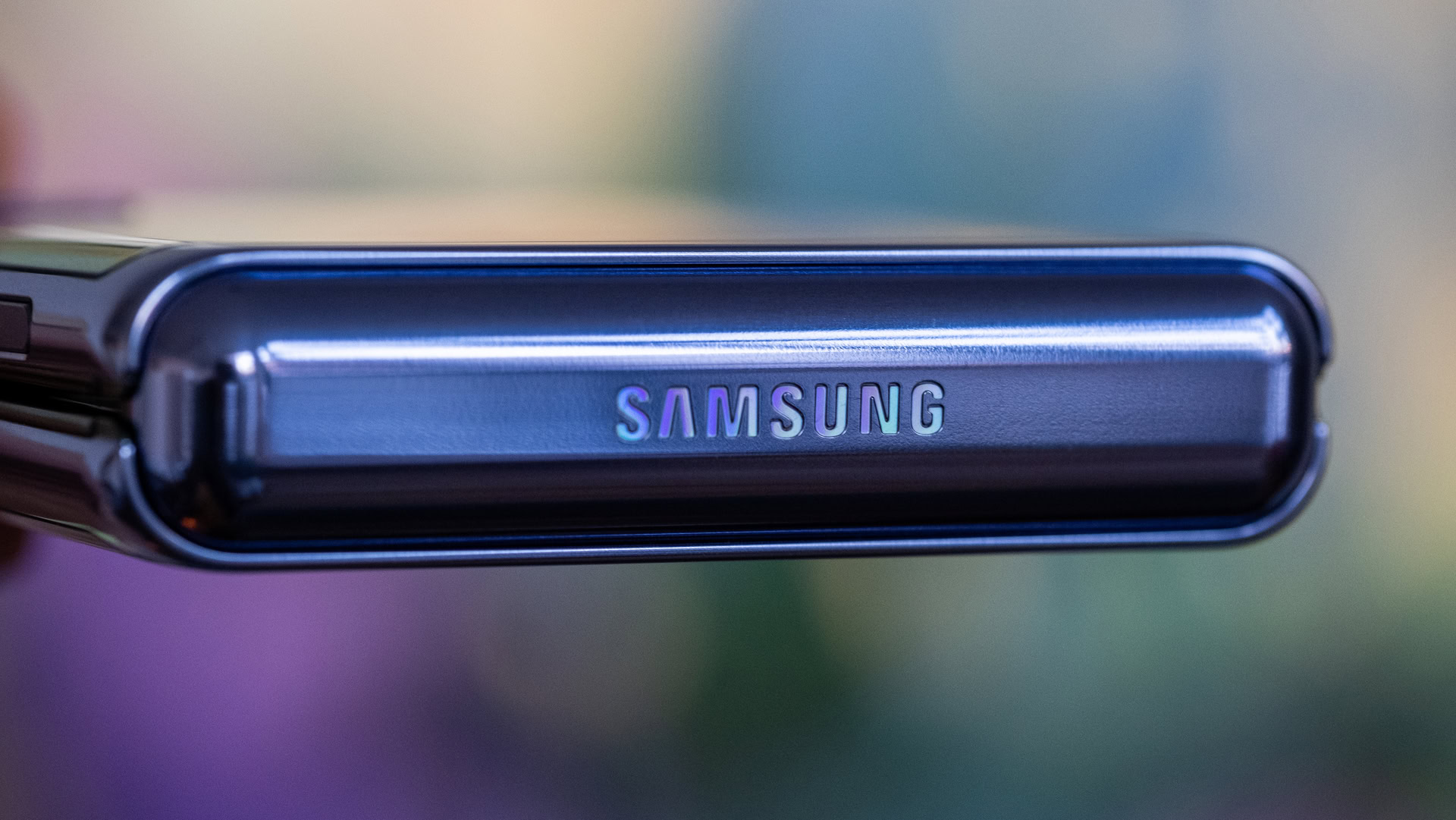
A founding member of the Open Handset Alliance, Samsung embraced Android from the start. That decision has certainly worked out well for the company, as it became the top smartphone brand in 2011 and has seldom relinquished the crown since then thanks to its Galaxy S series, its hugely popular mid-range and budget phones, and more recently its industry-leading Galaxy Z foldables. It has toyed with the idea of switching to its own smartphone platforms over the years, such as Bada and Tizen, but it has ultimately stuck with Android.
Sharp
Japanese firm Sharp was a major feature-phone player prior to the rise of smartphones, much like fellow Japanese player NEC. It’s done a better job of transitioning to the smartphone segment though, thanks to its Aquos devices. In fact, the Aquos Crystal phones were trailblazers thanks to their high screen/body ratio.
The company still produces some interesting (albeit Japan-only) flagships. It announced a return to Europe a couple of years ago, however that plan seems to have fizzled out again with no sign of any major presence in the region.
Sony Ericsson
Prior to Sony going it alone in the smartphone space, the Japanese juggernaut produced Android phones in conjunction with Swedish telecoms firm, Ericsson. These devices included the Xperia Play, Xperia X10, and Xperia Mini. This partnership came to an end in late 2011, and Sony has been regularly releasing its own devices ever since. Following several years of losses, Sony’s smartphone division has recently settled into a quietly successful niche, aided by its renewed focus on professional camera suites and other enthusiast-friendly hardware features. Its latest phones are the Sony Xperia 1 III and Xperia 5 III, as well as the camera-phone hybrid, the Xperia Pro-I.
Toshiba
Much like Fujitsu, Toshiba is better known for laptops and other gadgets rather than phones. In fact, the two companies cooperated on some phones in the early 2010s. The Japanese brand hasn’t produced smartphones in over five years though.
ZTE
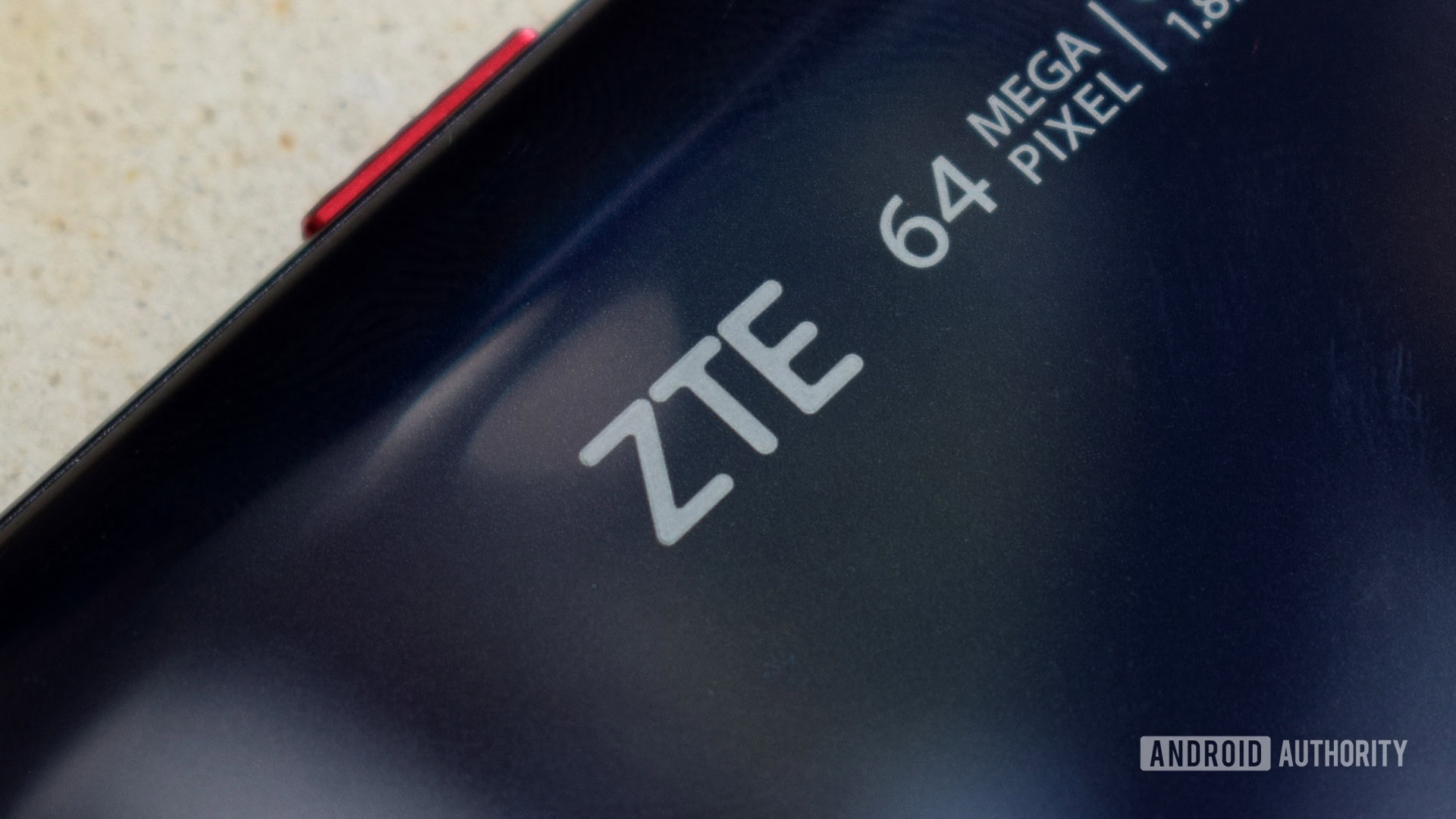
The veteran Chinese brand has been involved with smartphones for just over a decade now and is still alive and well. In fact, 2020’s Axon 20 was the first major phone with an under-display selfie camera. It went through a rough patch in 2018 when it was briefly the subject of a US trade ban, but it seems to be in good health right now thanks to the Axon and Blade series’.
That’s where all of the Open Handset Alliance handset manufacturers are today. Any surprises? Let us know in the comments.